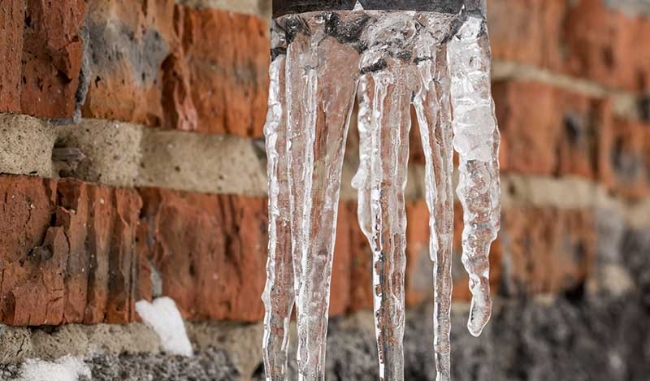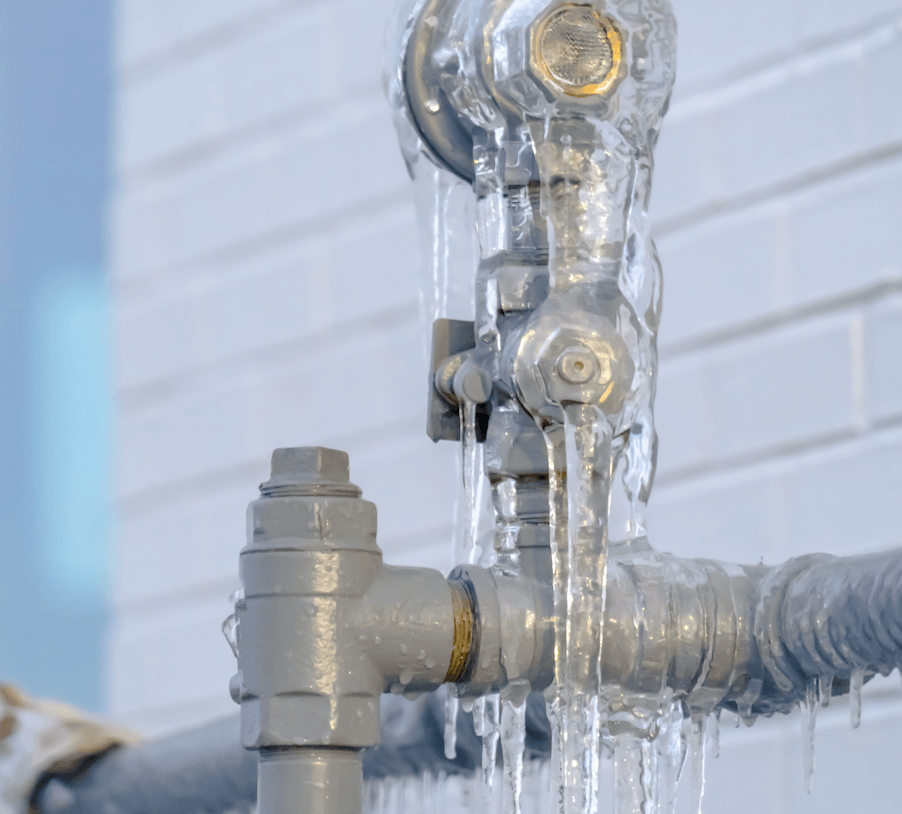Protecting Your Pipes from Cold Weather Issues: Critical Tips
Protecting Your Pipes from Cold Weather Issues: Critical Tips
Blog Article
How do you really feel about Preventing and dealing with frozen pipes?

Cold weather can ruin your plumbing, particularly by freezing pipes. Right here's how to prevent it from taking place and what to do if it does.
Intro
As temperature levels decrease, the danger of icy pipes rises, possibly bring about expensive repair work and water damages. Understanding how to stop icy pipelines is vital for house owners in chilly climates.
Prevention Tips
Protecting at risk pipes
Wrap pipes in insulation sleeves or use warm tape to safeguard them from freezing temperatures. Focus on pipes in unheated or outside areas of the home.
Heating methods
Maintain interior areas properly heated up, particularly areas with plumbing. Open cabinet doors to permit cozy air to flow around pipes under sinks.
Exactly how to identify icy pipelines
Try to find reduced water flow from faucets, uncommon odors or noises from pipelines, and visible frost on revealed pipes.
Long-Term Solutions
Architectural modifications
Consider rerouting pipes away from exterior wall surfaces or unheated areas. Add added insulation to attics, basements, and crawl spaces.
Updating insulation
Invest in premium insulation for pipes, attic rooms, and wall surfaces. Appropriate insulation helps preserve constant temperatures and lowers the threat of icy pipelines.
Safeguarding Outdoor Plumbing
Yard hose pipes and outdoor faucets
Separate and drain garden tubes prior to winter months. Install frost-proof spigots or cover outside taps with shielded caps.
Recognizing Frozen Pipelines
What creates pipelines to ice up?
Pipelines ice up when subjected to temperature levels below 32 ° F (0 ° C) for prolonged durations. As water inside the pipes ices up, it increases, putting pressure on the pipe wall surfaces and potentially triggering them to burst.
Dangers and damages
Frozen pipes can cause water supply disruptions, residential property damages, and costly repair services. Burst pipes can flooding homes and trigger substantial structural damage.
Indicators of Frozen Water Lines
Identifying icy pipelines early can prevent them from bursting.
What to Do If Your Pipes Freeze
Immediate activities to take
If you presume icy pipelines, keep taps available to eliminate stress as the ice thaws. Make use of a hairdryer or towels taken in hot water to thaw pipes gradually.
Conclusion
Protecting against frozen pipelines requires positive actions and quick reactions. By recognizing the reasons, signs, and safety nets, house owners can safeguard their plumbing during cold weather.
5 Ways to Prevent Frozen Pipes
Drain Outdoor Faucets and Disconnect Hoses
First, close the shut-off valve that controls the flow of water in the pipe to your outdoor faucet. Then, head outside to disconnect and drain your hose and open the outdoor faucet to allow the water to completely drain out of the line. Turn off the faucet when done. Finally, head back to the shut-off valve and drain the remaining water inside the pipe into a bucket or container. Additionally, if you have a home irrigation system, you should consider hiring an expert to clear the system of water each year.
Insulate Pipes
One of the best and most cost-effective methods for preventing frozen water pipes is to wrap your pipes with insulation. This is especially important for areas in your home that aren’t exposed to heat, such as an attic. We suggest using foam sleeves, which can typically be found at your local hardware store.
Keep Heat Running at 65
Your pipes are located inside your walls, and the temperature there is much colder than the rest of the house. To prevent your pipes from freezing, The Insurance Information Institute suggests that you keep your home heated to at least 65 degrees, even when traveling. You may want to invest in smart devices that can keep an eye on the temperature in your home while you’re away.
Leave Water Dripping
Moving water — even a small trickle — can prevent ice from forming inside your pipes. When freezing temps are imminent, start a drip of water from all faucets that serve exposed pipes. Leaving a few faucets running will also help relieve pressure inside the pipes and help prevent a rupture if the water inside freezes.
Open Cupboard Doors
Warm your kitchen and bathroom pipes by opening cupboards and vanities. You should also leave your interior doors ajar to help warm air circulate evenly throughout your home.

I was made aware of that editorial on Winter Plumbing Precautions: Preventing Frozen Pipes through an acquaintance on our other web blog. Sharing is caring. Who knows, you may just be doing someone a favor. Thanks for taking the time to read it.
Book Instantly Report this page